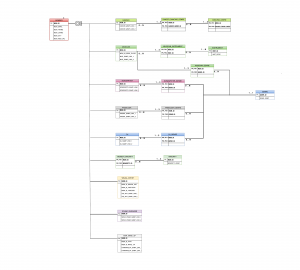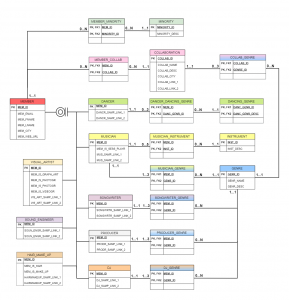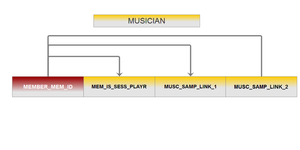This was a project that took on the design of a publicly searchable database for a woman-centered organization of creative professionals in the music industry. This was taken up as a part of the requirements of the LIBR course Database design.
Come on, Vogue, a community of music professionals founded in 2016 by Laura Smith required the development of a database for its membership.
Me and my teammate started working on designing a database for them using MS Access and later MySQL. The idea was that member's skills, abilities and contact information would be accessible to other members.
Constraints with regard to budget, time and personnel were identified to arrive at the realistic scope of the project.
We had interviews with the members to ascertain the functional requirements and objectives of the project and to assign priority levels to these needs.
Members would be required only to enter essential professional information that would provide searchability, collaboration and identification of available talent and expertise as and when needed.
Conceptual design began with identifying key entities of the database. This was followed by the establishment of business rules that formed the framework for creating the entity relationship diagram.
The initial ERD for the database was as shown below.

Based on peer feedback and instructor's feedback, the ERD for the proposed database was revised and took on a structure as shown below.

A relational database management system (RDBMS) suitable for our user group was identified as MySQL.

There was a definite sense of accomplishment in every stage of the project. Right from the initial face-to-face interview with the user group, there was a sense of excitement and involvement as this was to be implemented in a real-time scenario. The principles of database design such as data integrity, normalization etc were incorporated in different stages namely conceptual design, logical design ready for final implementation in the physical design.